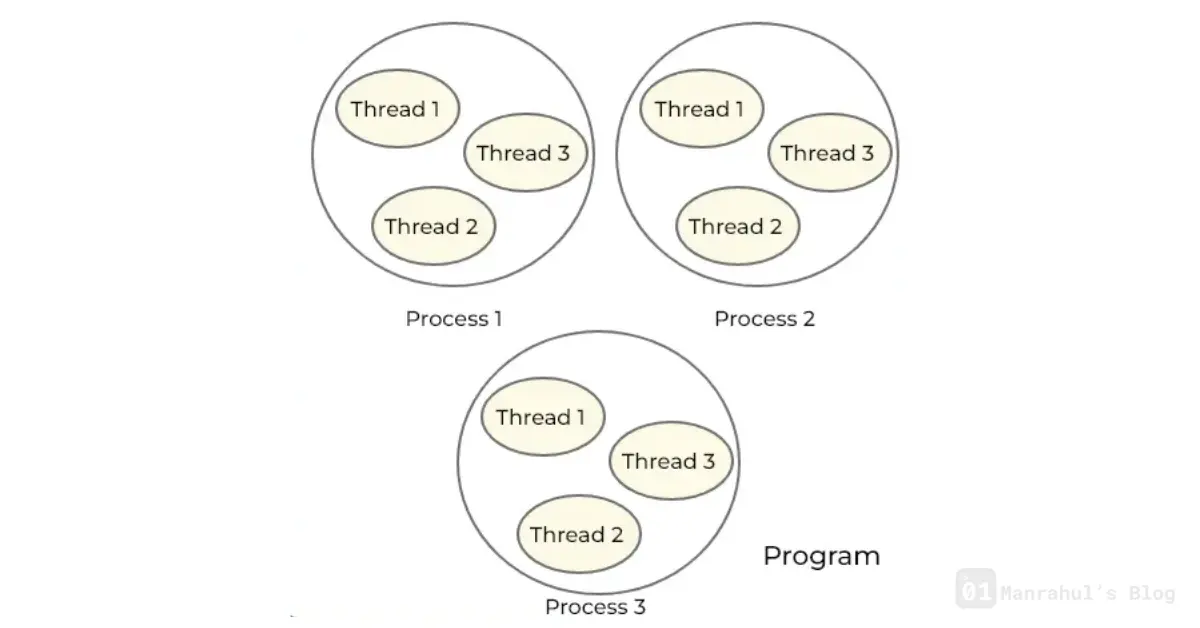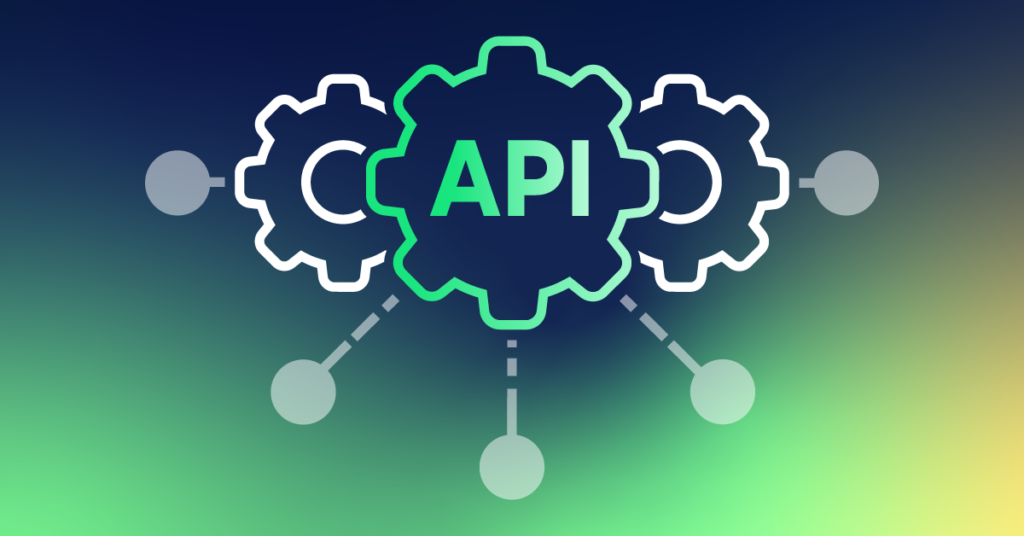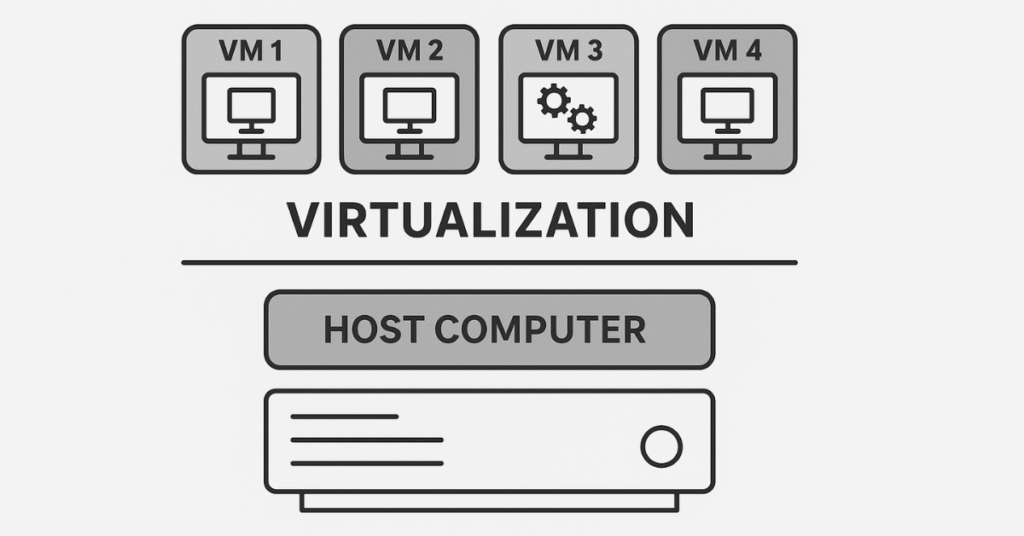Table of Contents
Overview – What is a Process in Computing?
Before we dive into technical jargon, let’s paint a relatable picture.
Imagine Chomu runs a fast-paced restaurant. Customers walk in, place their orders, and expect delicious food delivered fast. Behind the scenes, multiple chefs (like the CPU cores) are busy cooking. Each order becomes a task, and once Chomu accepts it, that order becomes a process.
In computing, a process is like that accepted food order — a living, breathing instance of a running program, with its own ingredients (memory), its own ticket (process ID), and its own space on the stove (CPU).
From Code to Process – The Transformation
When you click on an app icon, you’re telling the operating system, “Hey, I want to run this.”
Here’s what happens behind the curtain:
- Stored Code (Static Program) – This is just a bunch of instructions sitting on your hard drive, like a recipe in a cookbook.
- Process Created – The OS reads the recipe, gathers ingredients (RAM, registers, IO), and creates a process.
- Execution Begins – The CPU starts executing the process, line-by-line, step-by-step.
- Process Lifecycle – It’s born, it runs, it finishes (or crashes), and then it’s cleaned up.
Learn More : RAM vs Hard Drive
What Exactly Is a Process?
In simple terms:
A process is an instance of a running program.
Let’s break that down.
A process has:
- Code: the instructions it needs to follow
- Memory (RAM): its own working space
- CPU Context: the current state of its execution (like “where was I in the recipe?”)
- File Handles: connections to files or network resources
- ID (PID): its unique name tag in the system
- Parent & Children: most processes are born from other processes — like how Chrome opens multiple tabs as child processes
Think of it like a self-contained universe for that program, isolated from others.
How Is It Different from a Program or Thread?
Let’s untangle the common confusion.
| Concept | What It Is | Analogy |
|---|---|---|
| Program | Static code, not running | A recipe in a book |
| Process | Running instance of a program | A chef actively cooking |
| Thread | A lightweight task inside a process | One hand of the chef doing work |
So, when Manrahul opens Photoshop and starts editing, that’s a process. If Photoshop is auto-saving in the background while he edits, that’s a thread inside the Photoshop process.
Why Are Processes Important?
- Security: Processes are isolated. One crashing process won’t (usually) take down others.
- Efficiency: Multiple processes can run in parallel, especially on multi-core CPUs.
- Resource Management: The OS can track, prioritize, or kill processes to manage system performance.
Processes keep your system sane and scalable.
What Happens Behind the Scenes? (Under the Hood)
Here’s a deeper peek:
- Process Table: The OS maintains a master list of all processes.
- Scheduler: Decides which process gets CPU time (like a traffic cop).
- Context Switching: The CPU switches from one process to another thousands of times per second.
- Memory Mapping: Each process gets its own virtual memory space, isolated from others.
- Signals & Communication: Processes can talk to each other using special messages (IPC).
So next time your game lags while downloading a file, remember — the OS is juggling hundreds of processes in real-time.
A Real-World Example
Let’s say Cat opens a browser (like Chrome) and plays a YouTube video.
- The browser becomes a process.
- Each tab might be a separate child process.
- Playing the video spawns threads — one for video decoding, one for buffering, one for UI rendering.
All this happens within milliseconds, invisible to you, but precisely orchestrated.
Common Terms
- PID (Process ID) – Unique number assigned to each process
- Fork & Exec – Unix terms for process creation (a parent “forks” a child)
- Zombie Process – A dead process waiting to be acknowledged by its parent
- Daemon Process – Background service (like your system clock or Wi-Fi)
- Task Manager / Activity Monitor – A GUI that shows you all current processes
The Evolution of Process Management
In the early days of computing (think 1950s), computers could only run one job at a time. No multitasking. Then came:
- Batch processing → one job after another
- Multiprogramming → keep several jobs in memory, switch between them
- Time-sharing OS → real-time switching for users
- Modern multitasking OS → full-blown process management, permissions, user control
Now, your phone can run hundreds of processes without breaking a sweat.
Why You Should Care (Even If You’re Not a Developer)
Understanding processes helps you:
- Know why your system slows down
- Kill a misbehaving app without restarting
- Understand why updates require restarts
- Appreciate the complex dance behind every click
References & Sources
- Linux Kernel Documentation – https://www.kernel.org/doc/html/latest/
- Windows Dev Docs – https://learn.microsoft.com/en-us/windows/win32/procthread/processes-and-threads
- How Stuff Works – https://computer.howstuffworks.com/operating-system.htm



